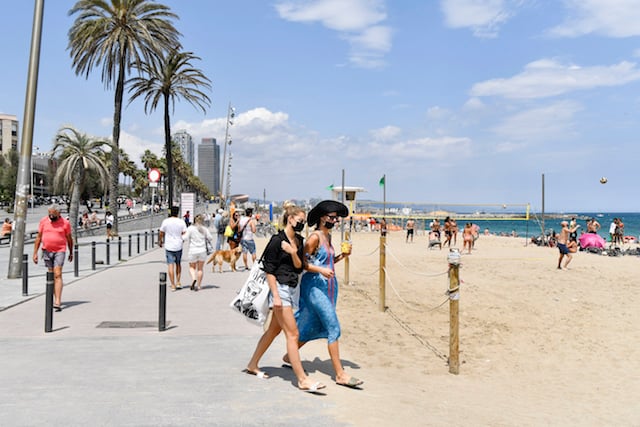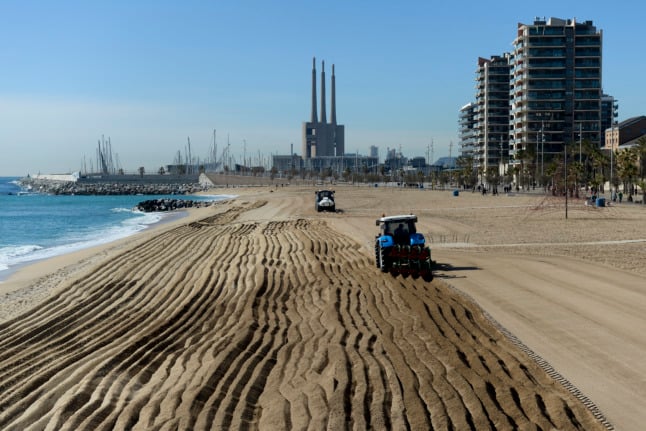Rajoy will meet with Podemos leader Pablo Iglesias at his official residence at 4:30 p.m. (1530 GMT), a government spokesman said.
It will be the first time the two leaders, staunch opponents from opposite sides of the political spectrum, meet since Podemos was created in January 2014.
Rajoy initially left Iglesias out of his planned talks with opposition leaders over Catalonia and the announcement of the meeting is seen a sign of the seriousness with which he views the separatist challenge.
On Tuesday, Catalan pro-independence parties said they would pass a resolution in early November in the regional Catalan parliament calling on the chamber to announce the formal start of secession from Spain and the formation of a new republican state of Catalonia.
The motion calls on the regional assembly to start working on legislation within 30 days to create a separate social security system and treasury.
It also says the process would not be subject to decisions made by the Spanish institutions, including the Constitutional Court.
No date was set for the Catalan parliament to vote on the motion, which presents a major challenge to the central government in Madrid.
'Time for new national pact'
Pro-independence parties won a majority of seats in the 135-seat Catalan parliament for the first time in elections last month.
But while they topped the poll, winning 72 seats, the pro-independence camp failed to win a majority of all votes cast — a fact emphasised by the central government in Madrid, which has fiercely resisted their push for independence.
Rajoy met with the leader of the main opposition Socialists, Pedro Sanchez, on Wednesday to discuss Catalonia and he is scheduled to meet with the leader of new centre-right party Ciudadanos, Albert Rivera, on Friday morning.
Sanchez backs a reform of Spain's constitution to make the country a federal state as a way to counter the Catalan separatist drive, a position supported by Iglesias.
“Rajoy has called me so we will meet tomorrow. We will explain that it is time for a new national pact, with dialogue and democracy,” Iglesias wrote in a Twitter message.
Me ha llamado Rajoy para reunirnos mañana. Le explicaremos que toca estar a la altura para un nuevo pacto de país, con diálogo y democracia.
— Pablo Iglesias (@Pablo_Iglesias_) October 29, 2015
Podemos and Ciudadanos do not have any seats in Spain's parliament but polls show they are poised to make inroads in a December 20 general election.
Catalans' long-standing demands for greater autonomy have intensified in recent years, in tandem with the country's economic crisis.
The region of 7.5 million people, with its own widely spoken language, accounts for a fifth of Spain's economic output.





 Please whitelist us to continue reading.
Please whitelist us to continue reading.
Member comments